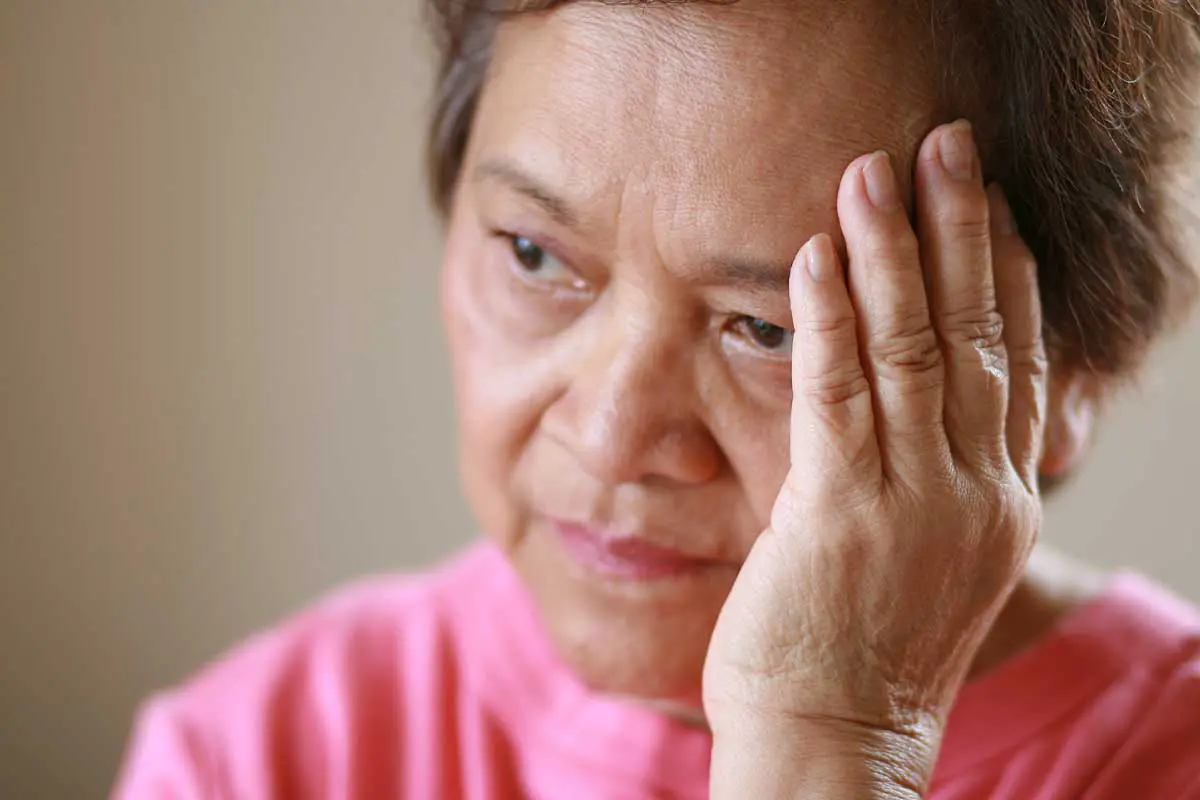About 1 in 10 people over the age of 60 experience some form of elder abuse, and spotting signs of it can be difficult to do. Common signs can include physical injuries, negative behavioral changes, or unexplained transactions. Depending on the context of the abuse, understanding what’s happening or being able to discuss the issue may be difficult for a number of reasons. Learning the warning signs of abuse and what next steps you can take can make a difference for your loved ones.
The Warning Signs
The most common warning signs of elder abuse are abnormal and sudden changes to an elderly loved one’s mental, physical, or financial well-being. However, these issues can both vary and compound on one another depending on the abuse experienced by the victim.
Signs may include:
- Injuries such as bruises, cuts, or broken bones
- Malnourishment or weight loss
- Poor hygiene
- Symptoms of anxiety, depression, or confusion
- Unexplained transactions or loss of money
- Social withdrawal from family and friends
The Risk Factors
Although all older people may be at risk of elder abuse, there are certain factors that are at a higher risk for abuse and neglect. Recognizing these can potentially help determine where, when, and if abuse may be happening. According to the CDC:
Individual Risk Factors Include
- Current diagnosis of mental illness
- Current or past abuse of drugs or alcohol
- Current physical health problem
- Past experience of disruptive behavior
- Past experience of traumatic events
- High levels of stress
- Poor or inadequate preparation or training for caregiving responsibilities
- Inadequate coping skills
- Exposure to or witnessing abuse as a child
- Social isolation
Relationship Risk Factors Include
- High financial and emotional dependence upon a vulnerable elder
- Past family conflict
- Inability to establish or maintain positive prosocial relationships
- Lack of social support
Societal Risk Factors Include
These refer to the specifics of institutional settings such as nursing homes and residential facilities:
- Staffing problems and lack of qualified staff
- Staff burnout and stressful working conditions
Signs of Abuse by Type
As abuse can vary greatly, it’s important to know the specific signs based on certain types of abuse. According to the Department of Justice (DOJ), these are the most common signs per type of abuse:
Common Signs of Physical Abuse
- Bruises, black eyes, welts, lacerations, or rope marks
- Bone fractures, broken bones, or skull fractures
- Open wounds, cuts, punctures, untreated injuries in various stages of healing
- Sprains, dislocations, or internal injuries/bleeding
- Broken eyeglasses/frames, physical signs of being subjected to punishment, or signs of being restrained
- Laboratory findings of medication overdose or under-utilization of prescribed drugs
- An older adult’s sudden change in behavior
- The caregiver’s refusal to allow visitors to see an older adult alone
- An older adult’s report of being hit, slapped, kicked, or mistreated
Common Signs of Emotional/Psychological Abuse
- Being emotionally upset or agitated
- Being extremely withdrawn, non-communicative or non-responsive
- Unusual behavior, such as sucking, biting, rocking
- Witnessing a caregiver controlling or isolating an older adult
- Exhibiting a change in sleeping patterns or eating habits
- Personality changes, such as apologizing excessively
- Depression or anxiety
- An older adult’s report of being verbally or emotionally mistreated
Common Signs of Financial Exploitation
- Sudden changes in bank accounts or banking practices, including an unexplained withdrawal of large sums of money by a person accompanying the older adult
- The inclusion of additional names on an older adult’s bank signature card
- Unauthorized withdrawal of the older adult’s funds using their ATM card
- Abrupt changes in a will or other financial documents
- Unexplained disappearance of funds or valuable possessions
- Provision of substandard care or bills left unpaid despite the availability of adequate financial resources
- Discovery of a forged signature for financial transactions or for the titles of the older adult’s possessions
- The sudden appearance of previously uninvolved relatives claiming their rights to an older adult’s property or possessions
- Unexplained sudden transfer of assets to a family member or someone outside the family
- The provision of services that are not necessary
- An older adult’s report of financial exploitation
Common Signs of Neglect and Abandonment
- Dehydration, malnutrition, untreated bed sores, and poor personal hygiene
- Unattended or untreated health problems
- Hazardous or unsafe living conditions/arrangements (e.g., improper wiring, no heat, or no running water)
- Unsanitary and unclean living conditions (e.g., dirt, fleas, lice on person, soiled bedding, fecal/urine smell, inadequate clothing)
- The desertion of an older adult at a hospital, a nursing facility, or other similar institution, or a shopping center or other public location
- An older adult’s report of being neglected or abandoned
Common Signs of Sexual Abuse
- Bruises around the breasts or genital area
- Unexplained venereal disease or genital infections
- Unexplained vaginal or anal bleeding
- Changes in an older adult’s demeanor, such as showing fear or becoming withdrawn when a specific person is around
- Evidence of pornographic material being shown to an older adult with diminished capacity
- Blood found on sheets, linens, or an older adult’s clothing
- An older adult’s report of being sexually assaulted or raped
Signs of Neglect
Abuse is often compounded with some forms of neglect as well. Although neglect may happen from inadequate or negligent care, it can still be intentional and extremely harmful both physically and mentally.
Common Signs of Neglect
- Bedsores or pressure ulcers
- Being left for an extended period of time without proper supervision or care
- Lack of basic hygiene, adequate food, and hydration
- Missing medical aids, such as walkers, dentures, eyeglasses, medications, or hearing aids
- Unclean or unsafe living conditions, such as a lack of heat or plumbing, soiled bedding, or bug infestations
Signs of Abusive and Neglectful Caregivers
According to the World Health Organization, rates of abuse of older people are higher in care facilities, with 2 in 3 caregivers admitting that they committed abuse in the past year. These are some of the common signs of an abusive caregiver:
- Being indifferent, angry, demeaning, or aggressive toward the elderly person
- Failing to show affection toward the senior (if they are related)
- Giving conflicting explanations of physical injuries
- Having a history of mental illness, substance abuse, family violence, or criminal behavior
- Keeping the elderly person from talking to visitors alone
- Speaking about the elder as if they were a burden
- Using flirtatious or inappropriate language around the elder
Elder abuse remains a prevalent issue in our society, and taking steps to educate yourself and others is an important first step. Abuse can be difficult to spot, but knowing the signs can help you know when to report. If you want to learn more about this subject or are interested/required to take mandated reporter training, visit mandatedreportertraining.com and start training today.

